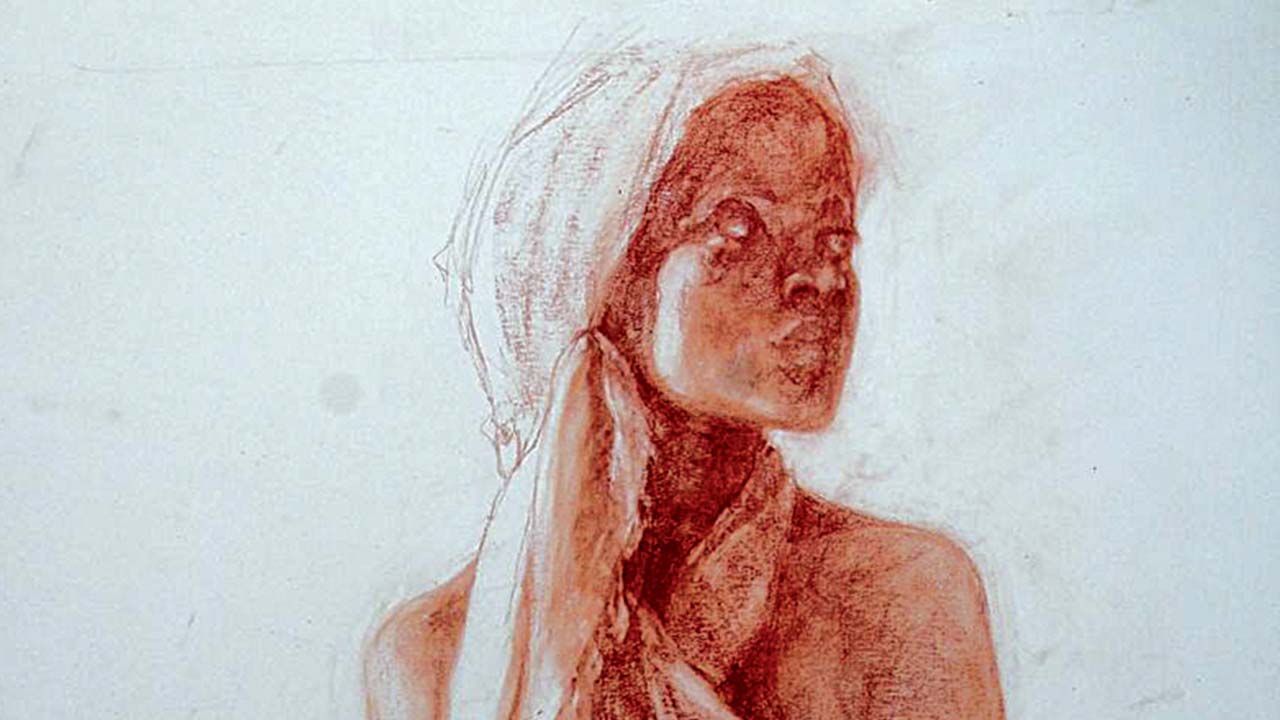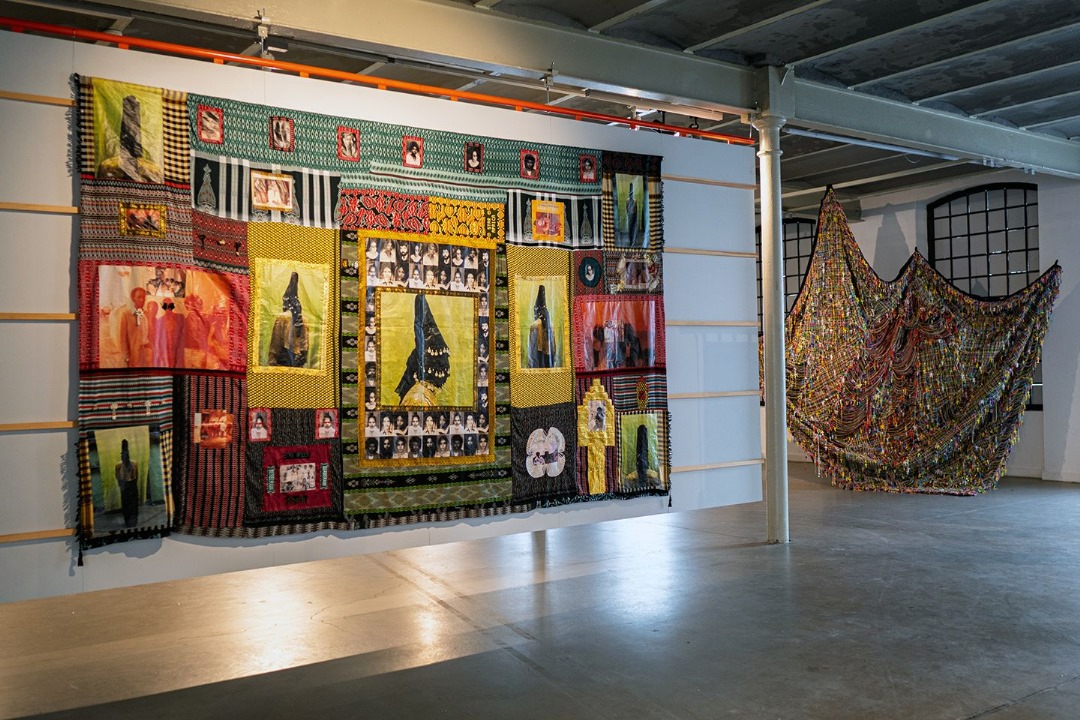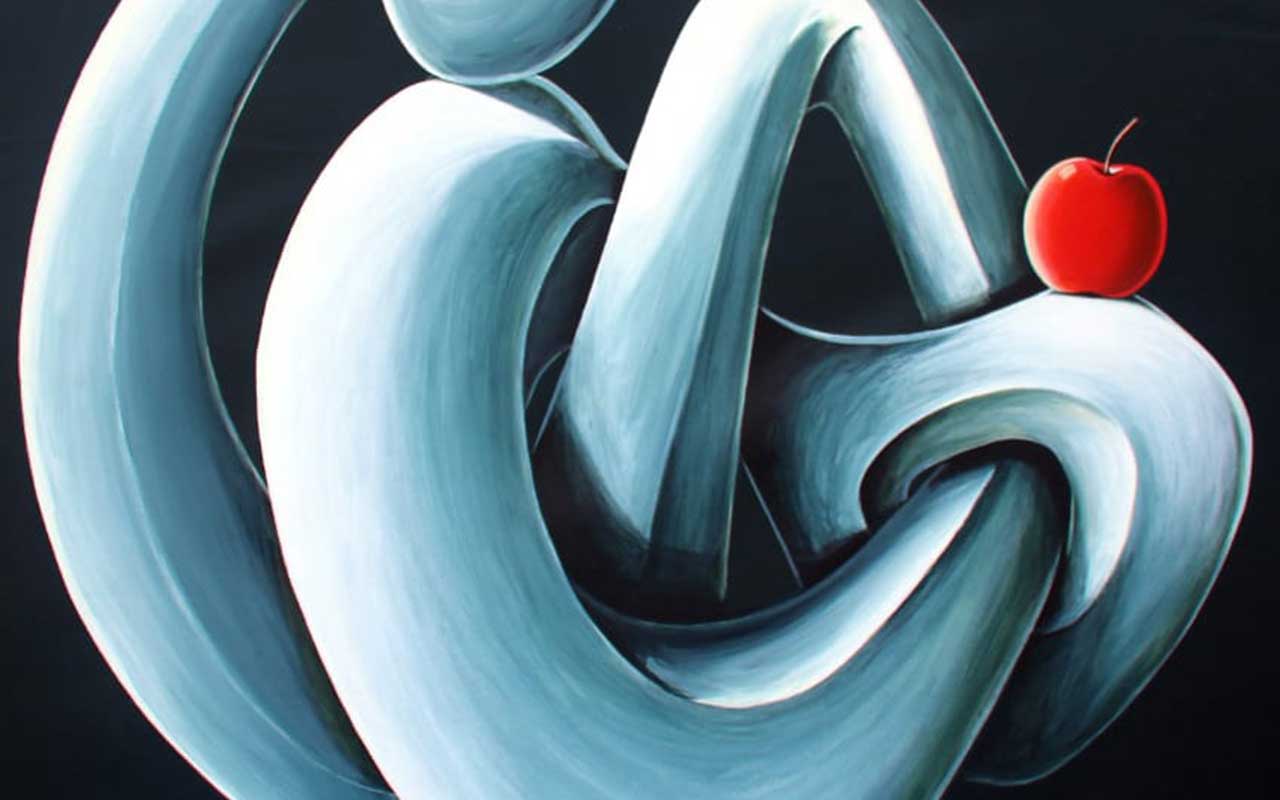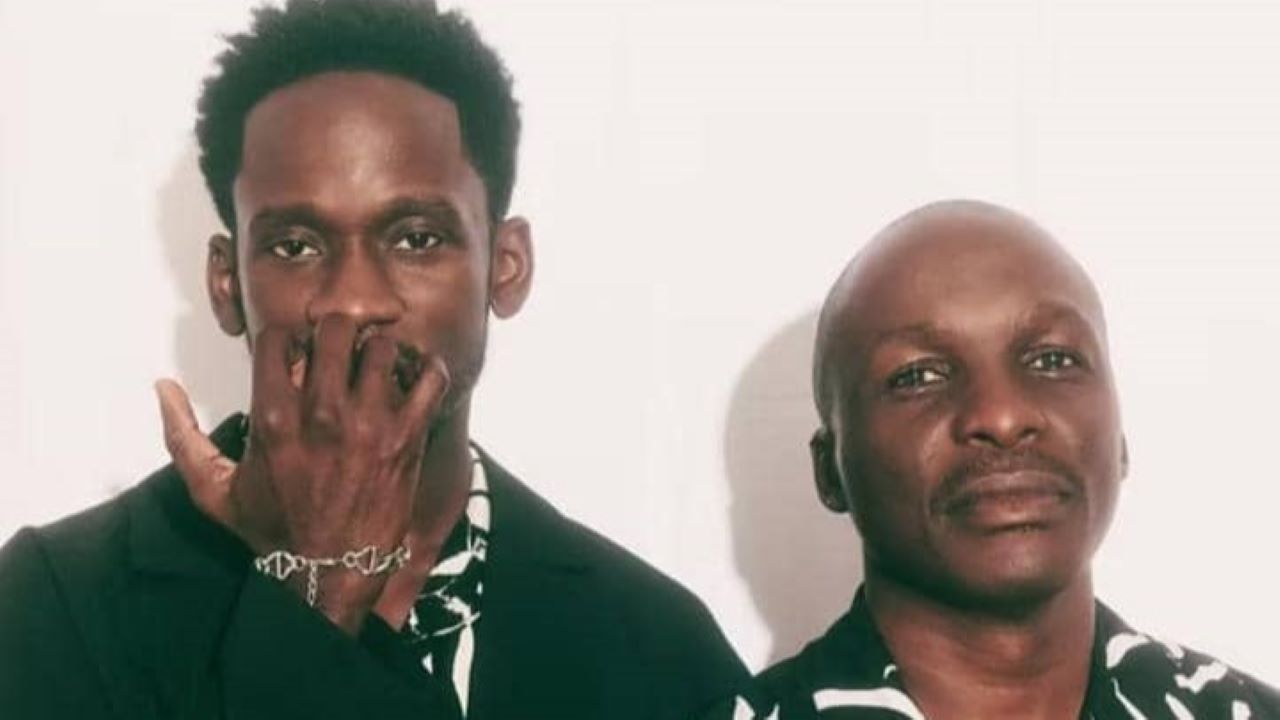
As much as contemporary process of creating art broadens creativity scope beyond traditions, drawing as a fundamental component of art appears to be asserting its revered spot. Between the choice of sustaining draughtsmanship skill as a tradition in creating an artwork, and allowing forces of contemporaneity to determine its future, quite a number of artists are still rooting for the former.
Among such artists of tradition and conservative leanings are 20 draughtsmen, whose skills in the art of drawing go on display as The Manuscript from Sunday, February 19, 2017 at Omenka Gallery, Ikoyi, Lagos.
Do you really need drawing skill to be an artist in 21st century contemporary period of art? As ‘stupid’ as that question may sound, surprisingly it would most likely divide artists’ lines of arguments in the middle were there to be a debate. Irrespective of which forms of art an artist does, one thinks draughsmanship as a basic requirement is taken for granted.
‘Learn the rules before breaking it,’ most artists of traditional process would always argue. Abiodun Olaku, Edosa Ogiugo, Sam Ovraiti, Segun Adejumo, Alex Nwokolo Duke Asidere, Wallace Ejoh, Munza, Ogbemi Heymann, Bunmi Babatunde, Joshua Nmesirionye, Olajide Salako, Emeka Nwagbara and Angela Isiuwe are not exactly interested in a debate over the importance of draughtmanship as a basic tool in art.
‘Show your skill’ is the visual language being expressed, as they are joined in the exhibition by Ebenezer Akinola, Samuel Ajobiewe, Sam Ebohon, Emeka Nwagbara, Olumide Oresegun, Ato Arinze,
Richardson Oviebo, Uche Joel Chima, Raji Mohammed, Umoh Akanimoh, and Ayelero Joe.
Similar to maguette, which is a stage in the process of creating sculpture, drawing – most times in thumbnails – ends up as mere part of the journey. But the exhibiting artists of The Manuscript argue that drawing shouldn’t be confined to a process of creating art; it is as good as “a finished” painting.
All-drawings art exhibition is not exactly new to the Lagos art landscape, except that The Manuscript is a group show. One recalls that Kolade Oshinowo showed only drawings, 60 in number, to mark his 60th birthday in 2008 in a solo exhibition titled Memories at School of Art, Design and Printing Gallery, Yusuf Grillo Building, Yaba College of Technology, Lagos. Oshinowo’s choice was informed by what he observed as a drop in standard in drawing skills among artists.
Almost 20 years after, drawing seems to be struggling to retain its importance in contemporary art age. “Over the years, drawing seems to have been forgotten as crucial aspects art,” curator, Aderonke Akinyele, notes during a preview of the The Manuscript. As artist and curator, Akinyele says she has always been “an advocate of ‘Fine Art.’”
Indeed, the resilience of fine art in the current period of aggressive growth of other sub-genres such as ‘conceptual’ forms as well as installations, perhaps, suggests that drawing is too fundamental to the survival of the entire visual arts family. Specifically where art matters in economic and leisure value, fine art is the medium of first choice, so it appears.
It is not a coincidence that the exhibition is being sponsored from the trajectory of enduring art appreciation and patronage. Hakeem Adedeji, who is one of the younger generation of Nigerian art collectors, has thrown the weight of his corporate organisation, Hydrocarbon Limited, behind the exhibition. Adedeji recalls how the concept of an all-drawings art exhibition started “during my visit to Asidere’s studio at Orelope, in Egbeda, five years ago.”
Apart from acquisition of drawing as a basic knowledge from art school, personal passion, mostly in post-school career, is a factor, so suggests Asidere’s experience. He discloses that “for many years after school, I sold only drawings more than paintings.”
Adejumo, a resource person in informal art education whose project ‘One Draw’ has inspired young artists insists that it’s a misconception to see drawing as a mere process, adding, “If well produced, it’s as good as a finished art.”
Among the 60 pieces on display is ‘Dada,’ a portrait by Adejumo, which celebrates the monochromatic beauty of drawing. A simple portrait of a man, ‘Dada’ exudes Adejumo’s skills, particularly in the shading, which highlights facial features of the model.
Excerpts from the curatorial statement of Akinyele: “In drawing, there are no restricted materials. Drawing allows you to capture the moment and time; it’s like a photographic projection of what you see and feel at that specific moment. In drawing, you get different feel from every drawing and it gives you a representation of a deep experience. Drawing is known as a foundation for an artist. The project is set to promote great draughtsman in the art industry in Nigeria. Drawings were settled from established artists and emerging artists.”






